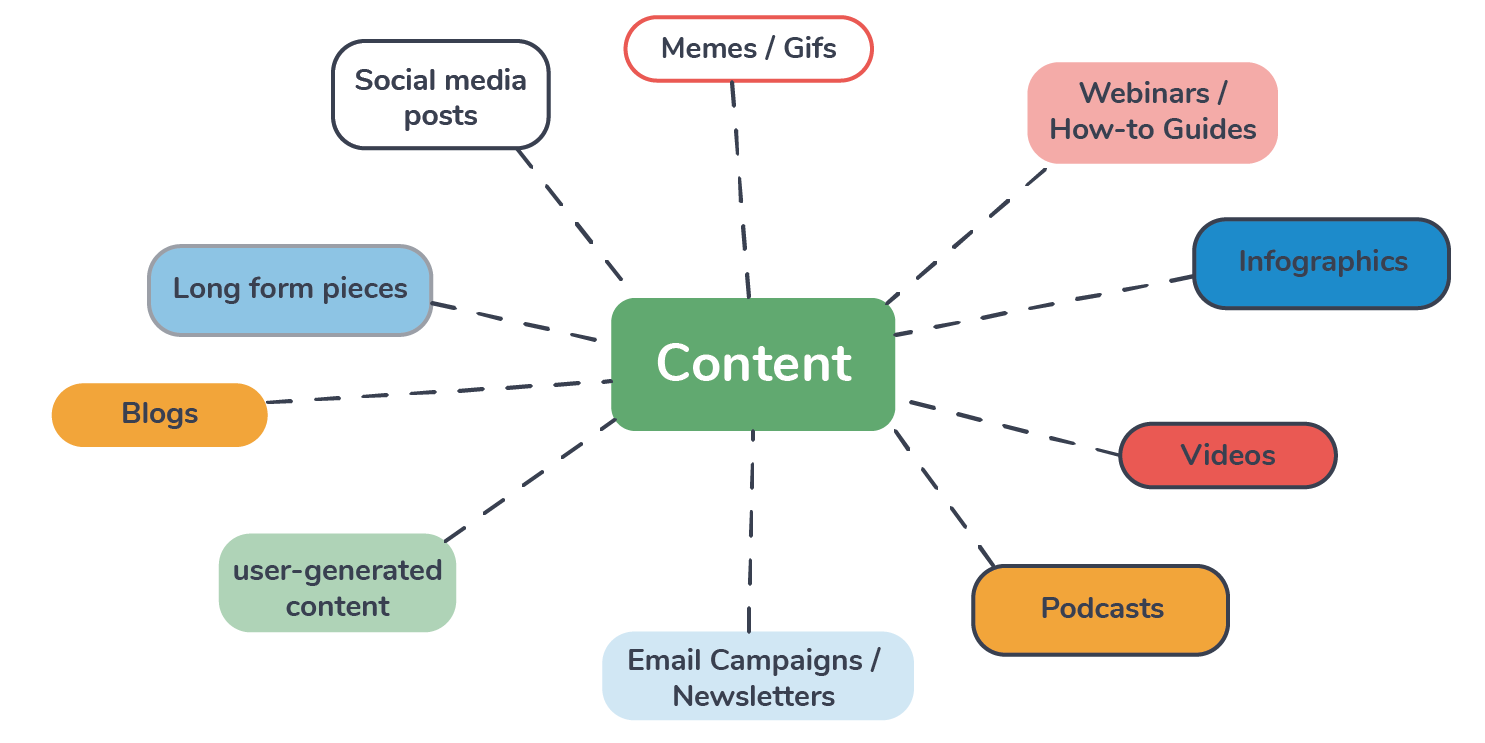A PR plan, also known as a public relations strategy, is a method of controlling how people and organizations are perceived by the public. This plan is usually created by your company's public relations department or by a public relations firm.
If a well-known firm employee is caught doing something unlawful, if personal information is disclosed through a security breach, or in a variety of other scenarios requiring crisis management, PR plans are occasionally deployed.
The majority of the time, however, public relations is used to spread the word about your company's products or services and to help you build a positive image of yourself among your target audience and the general public.
Identify Your Target Market
When creating a PR strategy, the first step is to determine who your target audience is.
Depending on your company's objectives and the industry in which it operates, this audience will be different.
The complete definition of a target audience may be found below, but in a nutshell, it is a group of individuals with whom you wish to communicate or who want to hear about your business.
It's not enough to be able to recognize them; you must also be able to comprehend them.
It's worth noting the following:
Demographics- How old are they in terms of demographics? What gender are they? What's the status of their relationship, if any What is their annual salary? What is the title of their job? What level of education do they have?
Location- What state, city, or neighborhood do they live in? Do they both work in the same industry?
Psychographics- What are their likes and dislikes in terms of psychographics? What do they think of your industry and how do they feel about it? What do they care about?I t's also a good idea to ask yourself where they spend their time online so you can start thinking about where you'll put your PR materials out there.
Identify The Most Important Messages You Want To Communicate
You can move on to the following phase, which is to determine the main themes you want to communicate, while you consider how toformulate your key messages to attract your target audience.
Your target audience should be able to relate to the following key messages:
Inform and educate
Make your brand more appealing to people's eyes.customers to take action by persuading themWe discovered that most contentmarketers struggle with amplifying their content, establishing links for their greatest content pieces, and interacting with bloggers and influencerswho can help them further amplify their best content, based on our research.
Choose Your Media Outlets, Channels, And Mediums Carefully
The next step is to narrow down which channels will be the most effective for communicating your message now that you've decided on the key messages you want to convey.
This can be accomplished by first examining your current clients and determining how they consume their information in general.
Your own media, such as your website and social feeds, can provide them with information from a variety of sources such as mainstream media, digital influencers, podcasts, blogs, and even your own media.
A well-executed public relations strategy guides the customer along a well-thought-out path to get your main point across.
Some other options for media include:
Groups on LinkedInConferences relating to the industryChannels on YouTubeSEM or PPCPodcastsBecause you can connect with thought leaders and expose your own brand and industry knowledge to a broad audience, podcasts are a terrific medium for content marketing.
Keep in mind that podcasts are listened to by around 73 million individuals on a monthly basis.
Choose The Types Of Content You'll Use
It allows you to make graphs, presentations, infographics, and more.
Always bear in mind that you'll need a wide range of material to pique your audience's interest and keep them there.
Your brand's reputation should be promoted through the material you provide.
Posts on social mediaare a simple and effective approach to reach out to your target audience.
A mix of videos, photos, memes, and other types of content should be included in your social media plan.
On all of its social media channels, Nike, for example, does a fantastic job doing this.
Through IGTV movies, shorter clips, and pictures, they show forth their businessgoals and brand identity on Instagram.
Measure The Success Of Your Campaign
It's merely the beginning of developing a successful public relations strategy.
To see if your strategy is working, you must also use metrics and success indicators to assess the performance of your campaign.
The second major difficulty for content marketers, according to the study we mentioned in Step #1, is a lack of data. If you're an e-commerce company, for example, you'll be concentrating on the new sales your product generates as a result of your public relations campaign.
We'll take a closer look at some of the metrics and success indicators that may be used by a SaaS company to assess the effectiveness of its PR strategy.
What Should A PR Plan Include?
Determine your public relations goals.Know your target audience.Give your audience objectives.Strategies for every objective.Tactics for every strategy.Plan activities.Inform yourself through evaluation.Materials matter.
What Is A PR Plan Template?
Highlights of the Template Feature
Define the PR strategy's objectives. Divide your goals into three categories: strategies, tactics, and activities. Describe your intended audience and distribution channels. Make a plan for your main points. Document how you will evaluate and quantify progress, as well as a description of the cost of adopting your PR strategy.
Who Should Public Relations Report To?
The majority of public relations specialists would agree that the CEO should be in charge of the PR function.




